Spend enough time in crypto spaces and you’ll see the word: HODL. At first glance, it’s easy to think: is that a typo? But the story of how a simple investment strategy became crypto-meme royalty has more in common with sound market wisdom than spellcheck would lead you to believe. Read along as we discuss HODL, how it relates to the crypto ecosystem, and what to watch out for when using it to orient your crypto journey.
What is HODL?
Originally appearing on the Bitcoin forum Bitcointalk back in 2013, “I AM HODLING” evolved from an adrenaline-fueled mistake to become the stuff of legends. In rapid succession, the user’s quick error took on a life of its own. From developing into the long-form “hold on for dear life” to becoming a rallying cry for true believers. For some, HODL is a way of life. But the basic premise of HODL is rooted in a traditional market principle.
While its etymology can be traced back to online forums, the underlying strategy behind HODL stems from the practice of buy-and-hold investing. This is where a trader buys an asset, typically stock, and holds it in their portfolio for a long period of time. Rather than worrying about tracking the markets to maximize trading potential, buy-and-hold investing assumes that the asset’s value will naturally increase over time. Traders looking to make long-term investments will often select assets based on the current health and aims of different companies. Similar to doing your own research before investing in crypto, traditional financial investors will triangulate their knowledge of past, present, and future data points to inform their decision-making. This can include white papers, quarterly/annual reports, price indexes, and expert projections.
To apply this concept to crypto, users like the now infamous Bitcointalk HODLer will buy digital assets with their sights set on the long haul. Rather than trying to turn a profit on minute changes in the market, HODLing looks to reap the benefits of a crypto’s value growth over a period of anywhere from months to years. While this strategy is backed by a fair amount of positive testimony, a buy-and-hold approach doesn’t always translate to guaranteed returns. Below, we’ll outline some of the pros and cons to be aware of before you decide to HODL crypto.
Traditional Buy-and-Hold vs. HODL
Despite increasing similarities between the traditional and crypto markets, it’s not always safe to assume that time-tested economic ideals will ring true in both spaces. Even the measured patience of HODLing is not without its drawbacks. However, making the right decision for your unique financial situation can only happen with the correct information. Continue on as we breakdown some of the key differences to be aware of before using a buy-and-hold strategy to HODL crypto.
Take a break from trading
HODL is the opposite of day trading. So rather than feverishly monitoring the markets, HODLing involves riding out dips and rises in the market to hopefully achieve long-term gains. A great illustration of this approach is to look at how BTC fluctuated in value since its debut. When BTC launched, it was worth $0. As of this writing, BTC is hovering just below $21,000. Now, there’s no question BTC has taken some considerable tumbles throughout its lifetime. But from a HODL perspective, if you were savvy enough to purchase BTC early on, that’s a massive overall price gain. However, the disparity between the highs and lows can sometimes prove overwhelming for users committed to remaining on the sidelines. That’s where faith partly comes into play.
Hold on for dear life
When Bitcointalk user GameKyuubi made crypto history on December 18, 2013, with his infamous misspelling, few remember that the event was coupled with an impassioned rant justifying his actions. As Bitcoin fell by 39% in a 24-hour period, and users commiserated and sought comfort in the forums, GameKyubbi took aim at traders selling their BTC for contributing to the panic. “You only sell in a bear market if you are a good day trader or an illusioned noob,” GameKyuubi stated in clear, typo-free prose, “The people in between hold. In a zero-sum game such as this, traders can only take your money if you sell.” While it can be easy to miss the meaning of the meme, this is the kernel that has come to encompass much of the HODL strategy in the broader crypto ecosystem. And in theory, it makes sense.&
When communities of crypto enthusiasts can band together to resist what is essentially a digital bank run, all the Braveheart memes start to take on a different context. Which is exactly the point: traders who stare down the head-on threat of a bear market stand a chance at riding out the lean times to greener pastures. In fact, the choruses chanting “Hold the Line” during Robinhood’s populist swing in January of 2021 carried much of the same imagery. Where the financial world requires esoteric knowledge and privileged access, HODL presents a cogent investment strategy for emerging traders new to the ecosystem. But just buying and HODLing any cryptocurrency is not the same as making a well-informed decision. Unfortunately for crypto traders, the dearth of available information presents another challenge.
Crypto: the new kid on the blockchain
When traditional market participants decide to use a buy-and-hold strategy, they consult a wide range of information to inform their choice. Since the first stock exchange was founded in 1792, there’s hundreds of years worth of market trends to parse and analyze. But crypto enthusiasts don’t have the luxury of leveraging vast stores of information to their advantage. Rather, as the crypto ecosystem is still being built in real-time, it remains unclear which projects will prove to have staying power.&
While established coins like Bitcoin (BTC) and Ethereum (ETH) have longer track records and enjoy the first and second highest crypto market caps respectively, new advancements and breakthroughs continue to challenge their supremacy. For example, Avalanche (AVAX) employs three, inter-connected blockchains to facilitate their network transactions, and have managed to construct a more efficient smart contract platform than Ethereum. But these promising newcomers bring along an even smaller cache of information to reference. Where we outlined above how past, present, and future data points can be used to aid in decision making, crypto simply doesn’t enjoy the same archival record. Without this rich history, crypto novices and experts alike can find themselves equally stumped by events in the ecosystem.
Additionally, crypto users who’ve been around for longer will have seen many coins come and go. But not all bankruptcies are created equal: some are predicated on poor math, inflated promise, and, at times, foul play. While these are problems in traditional finance too, we’ll see how the victims of bad actors and market whims enjoy fewer protections in the crypto ecosystem.
Bankrupt anywhere is bankrupt
Enron. Lehman Brothers. Terra (LUNA). Traditional finance and DeFi both have examples of companies that flew too close to the sun. But one major difference between the spheres is the guardrails in place to protect users in times of crisis.&
In the U.S., one of the benefits to arise out of Enron’s massive fraud scandal was the passage of the Sarbanes-Oxley Act of 2002. This allowed a company’s wrongful profits (also known as disgorgements), penalties, and/or fines to be distributed back to defrauded investors. These so-called “Fair Funds” helped address the lasting financial damages that wreaked havoc on countless savings and retirement accounts. In addition to these funds, Sarbanes-Oxley also created the Public Company Accounting Oversight Board to help prevent Enron-style fraud from happening again. By establishing accounting standards and guidelines for companies and the auditors who hold them accountable, investors could rest easier knowing their assets were in safer hands.
While these protections have been essential for encouraging fair play in traditional financial markets, these same provisions have yet to be extended to the crypto ecosystem. This means that when coins or tokens crash suddenly, or hackers manage to manipulate a blockchain’s ledger, there are few safety nets in place to protect crypto users. To use the U.S. again as an example, President Biden’s executive order in March of 2022 made a lot of gestures toward regulating crypto more aggressively. But aside from making broad statements around protecting investors, the executive order did little to outline any concrete actions. Aside from signaling to the Federal Reserve that the White House is still interested in developing a central bank digital currency (CBDC), something the Fed has already basically agreed to, the executive order left plenty to be desired.
The events around Terra (LUNA)’s spectacular crash in May of 2022 help draw attention to the growing need for consumer protections in the crypto ecosystem. When the value of Terra’s stablecoin began to dip, a run quickly followed that precipitated a rapid price decline, erasing $60 billion in value overnight. With the right protections in place, this would not be possible. In the U.S., the Federal Insurance Deposit Corporation (FDIC) protects both banks and users in the event of a run to ensure no value is lost in the frenzy. For a crypto HODLer experiencing a run, there’s no institutional protection in place to ensure that value will not go up in smoke. Terra (LUNA) is a prime example of how HODL can still have weak points if the market continues to remain volatile.
Remarkably, this is not an uncommon sentiment for state governments to adopt. With the benefits and risks of crypto so carefully enmeshed, central authorities are cautious to impede potential growth sectors with increased oversight. Unfortunately, this has left many crypto users holding the bag. That’s why it’s always crucial to conduct as much research as possible into the companies and protocols before choosing to HODL their coins or tokens. Some say they could see the Terra crash coming. Just like with the real-life Wall Street traders depicted in Adam Mckay’s film The Big Short, the 2008 financial crisis also had its warning signs. While it’s not realistic to become astute market diviners overnight, there is a good lesson to be learned from these important landmarks: If it looks too good to be true, it probably is.
To HODL or not to HODL?
All the horror stories aside, HODL still manages to be a measured alternative to the high-octane stress of day trading. One clear advantage to HODL as an investment strategy is its ability to dovetail with staking crypto. Staking evolved as a counterpoint to Bitcoin’s taxing Proof-of-Work consensus mechanism, by making it easier for nodes to validate transactions on a network. CEX.IO offers hassle-free, no lock-up staking that empowers users to earn rewards of up to 23% APY on their stakeable crypto. Rather than white-knuckling the ebbs and flows of the market, earned rewards can offer users peace of mind to help take a step back, and wait for prices to potentially rise.
But whether you choose to engage in higher or lower-risk strategies when planning your crypto journey, you may want to remember two critical rules of thumb. One is to always be honest about your current financial situation. Never take on excessive risk, or put yourself in a precarious position that could jeopardize your stability or well-being. Secondly, always do as much thorough research as possible before putting your money, or crypto, on the line. As we’ve now learned, there is a gap in available data when comparing traditional and DeFi markets, but there are always resources available. Monitoring price indexes, digging into white papers behind emerging coins or tokens, or utilizing a resource like CEX.IO University, can all help shed light on the best potential opportunities available.

You can get bonuses upto $100 FREE BONUS when you:
💰 Install these recommended apps:
💲 SocialGood - 100% Crypto Back on Everyday Shopping
💲 xPortal - The DeFi For The Next Billion
💲 CryptoTab Browser - Lightweight, fast, and ready to mine!
💰 Register on these recommended exchanges:
🟡 Binance🟡 Bitfinex🟡 Bitmart🟡 Bittrex🟡 Bitget
🟡 CoinEx🟡 Crypto.com🟡 Gate.io🟡 Huobi🟡 Kucoin.
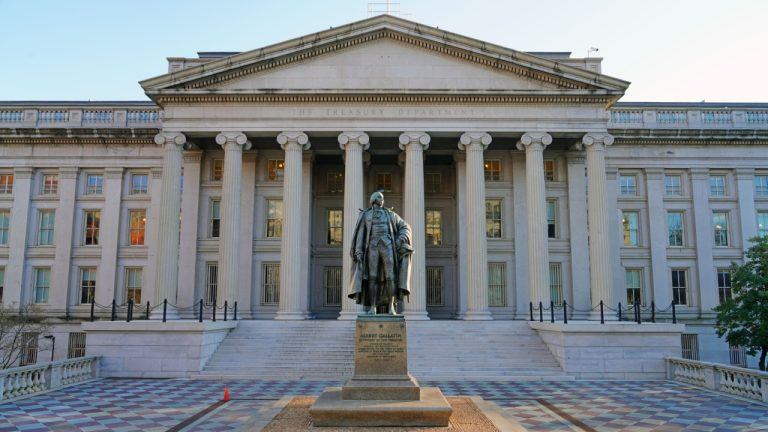
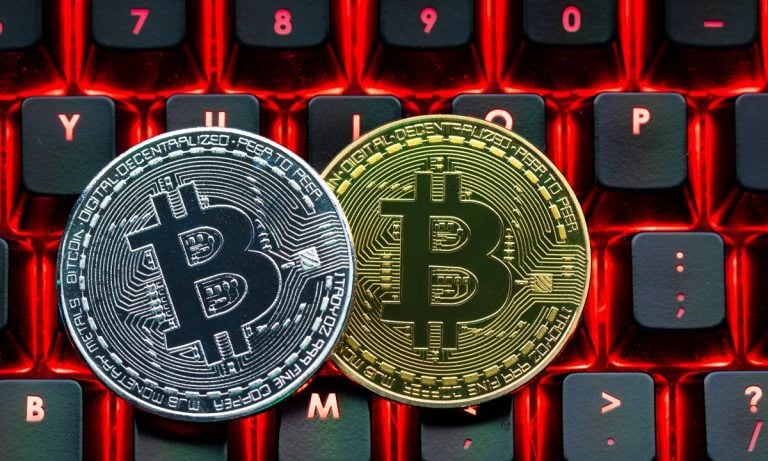
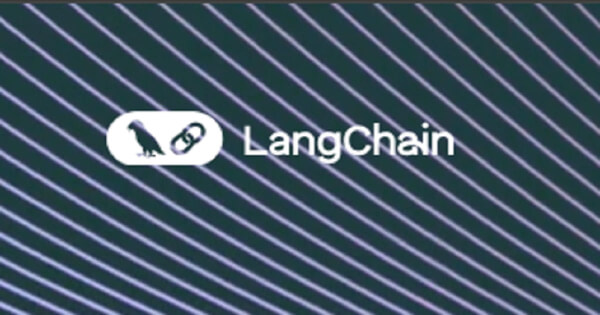
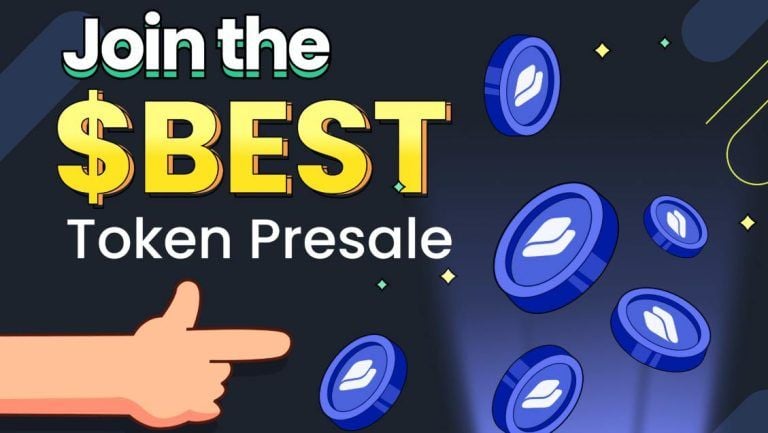


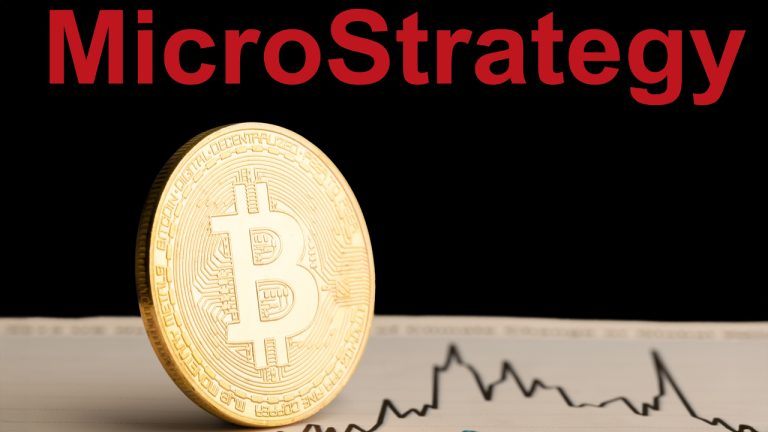





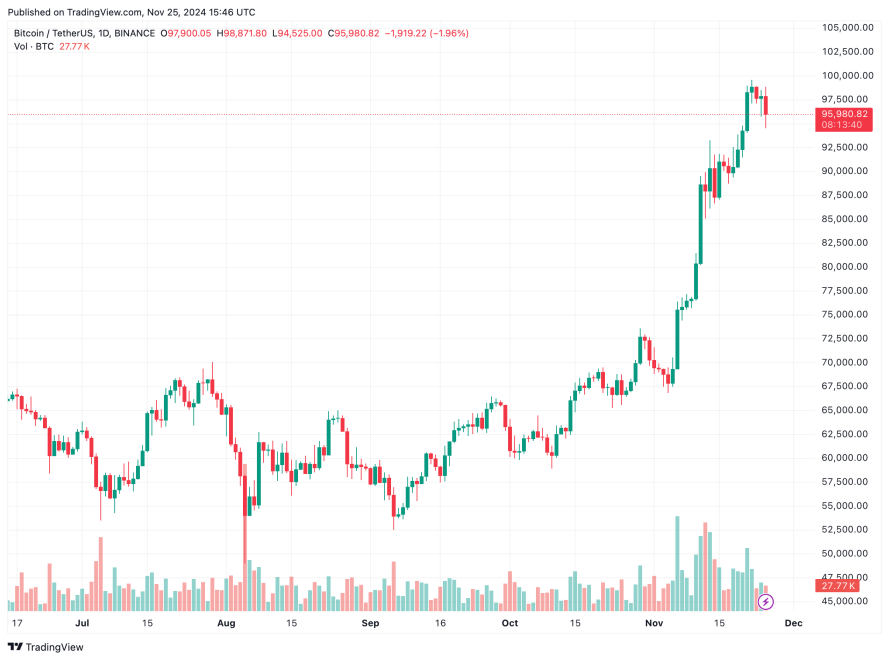
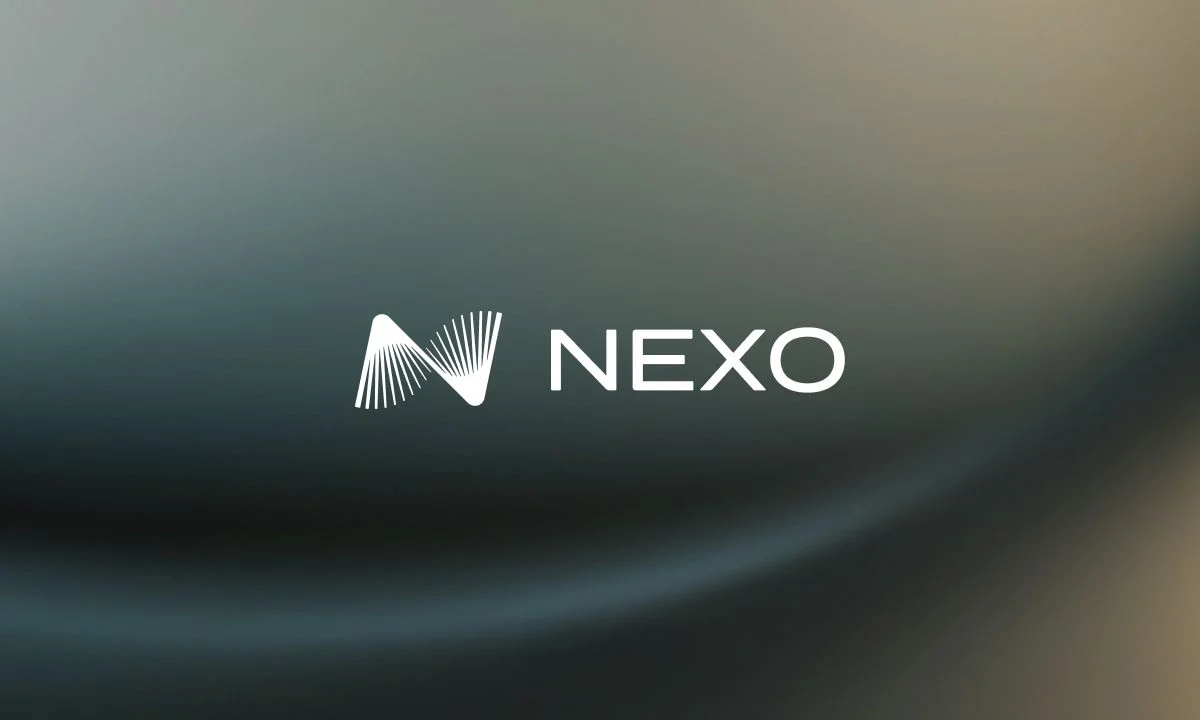
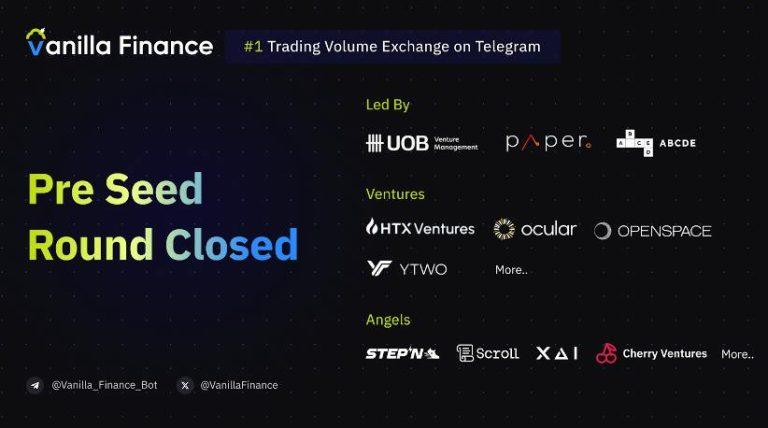

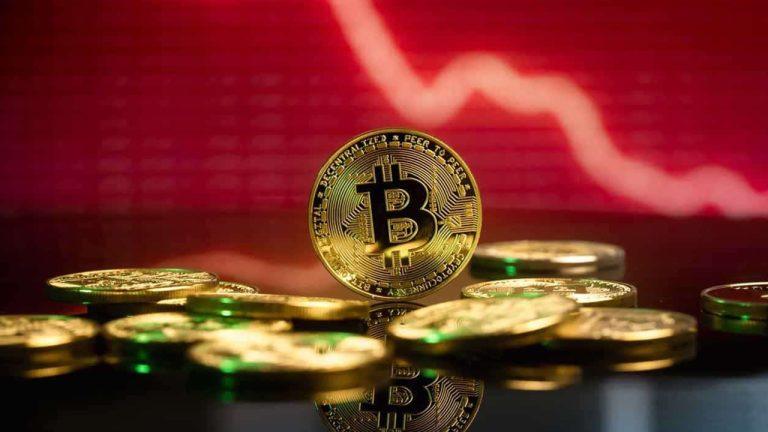

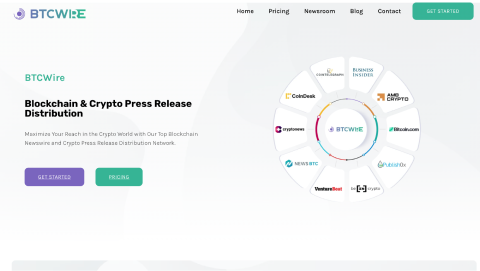

Comments